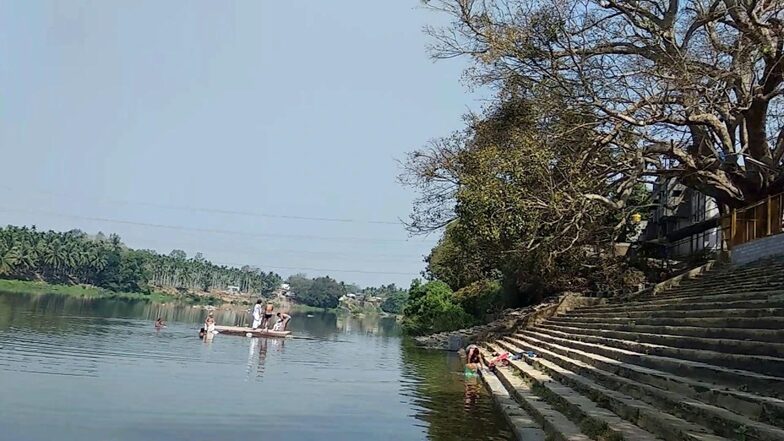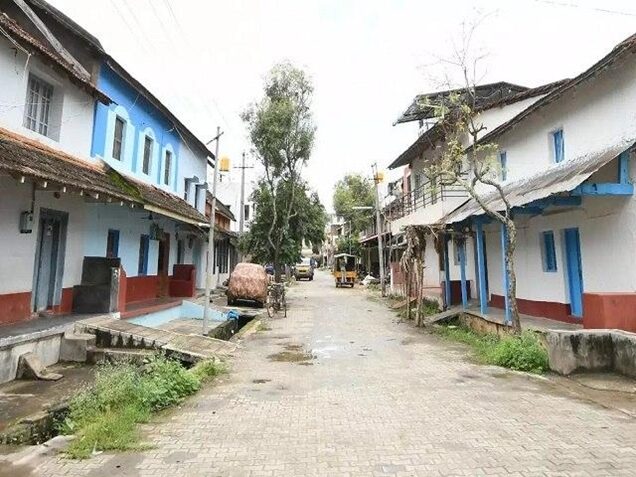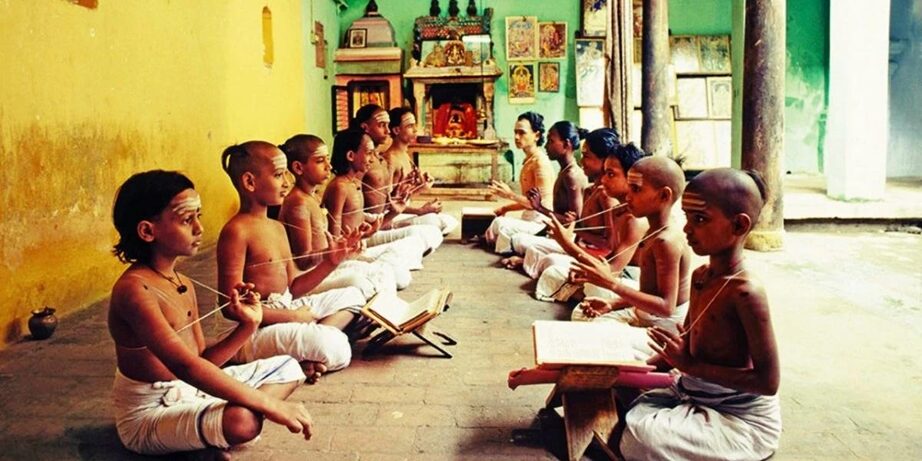Sanskrit, often referred to as the “language of the gods,” occupies a distinguished position in the annals of human civilization. As the ancient language of Hindu scriptures, including the Vedas, epics, and Puranas, Sanskrit has played a pivotal role in shaping the linguistic and cultural landscape of India and Southeast Asia. Its influence transcends literature, offering profound insights into ancient languages, mathematics, sciences, yoga, and medicine. An exemplary place where Sanskrit thrives as a living language is Mattur, famously known as “The Sanskrit Village” in India.
Mattur: The Sanskrit Village
Mattur, a village situated on the banks of the Tunga river in Karnataka, is renowned as India’s ‘Sanskrit Village.’ Located just 8 kilometers from Shivamogga, Mattur is home to the Sanketi Brahmins, a community that migrated from Kerala to Karnataka 800 years ago.
The Sanketi dialect, a blend of Sanskrit, Tamil, Kannada, and Malayalam, is unique to this community.
In the 16th century, King Krishna Devaraya bestowed Mattur and its neighboring village, Hosahalli, upon the Sanketi Brahmins to preserve the Sanskrit language. This royal gesture is believed to have solidified Mattur’s status as a center for Sanskrit. The village’s dedication to the language was further reinforced in 1981 when Samskrita Bharathi, an organization devoted to Sanskrit preservation, conducted a workshop there, reigniting interest in the language.
Remarkably, the residents of Mattur are fluent in Sanskrit, alongside their native Sanketi dialect. Sanketi, a rare linguistic fusion of Kannada, Tamil, Sanskrit, and Telugu, reflects the community’s rich linguistic heritage.

Culture
In Mattur, Sanskrit is more than just a language; it is a way of life. The villagers regard Sanskrit as both a guiding principle and a cultural norm. They believe that the Vedas are not just religious texts but a way of life that guides them on the right path. From a young age, children in Mattur are taught Sanskrit and the Vedas, ensuring that these ancient teachings remain integral to their lives.
Festivals and events in Mattur are celebrated with great enthusiasm and splendor. Navratri, for instance, is observed over ten days with meticulous adherence to rituals, including the recitation of mantras during pujas, as noted by a local woman. The village also hosts an annual event specifically for the Sanketi community, underscoring their unique cultural identity.
Gamaka art
One of the most significant cultural expressions in Mattur is Gamaka, an art form that combines storytelling with singing. Gamaka is a powerful medium for cultural and traditional expression, offering insights into Mattur’s rich cultural tapestry. This art form, which integrates storytelling with musical rhythms and melodies, not only enhances the sacred texts’ aura but also serves as an emotional and cultural outlet for the artist. Mastery of Gamaka requires rigorous practice, as the art demands precise memorization and recitation, with the tone and delivery of the verses playing a crucial role in conveying the story. Each verse, or sloka, consists of two lines with 16 syllables each, and every word is associated with a different raga—a composition of traditional melodic and rhythmic patterns.

Education
In all the schools visited in Mattur, Sanskrit is seen as an important part of the education System.
The influence of Sanskrit traditions and ideologies is evident in the schools, where values are emphasized above all. Children begin their day by chanting Sanskrit shlokas and enter their classrooms barefoot, leaving their shoes outside. Sanskrit is not only encouraged in daily conversations but is also a mandatory part of the curriculum from preschool through 10th grade. At all levels of education, Sanskrit receives significant attention.
The Sanskrit Pathshala, supported by the state government, plays a central role in the village’s educational framework. Teachers receive government salaries, and board exams, along with other assessments, are conducted with a particular focus on Sanskrit proficiency.

In Mattur, Sanskrit is the language of daily life, transcending age, gender, literacy, and faith. Men, women, and children alike converse effortlessly in Sanskrit, creating a unique linguistic environment. Even Muslim families in the village speak Sanskrit as fluently as their Hindu neighbors. The streets of Mattur echo with the sound of children reciting Sanskrit shlokas, and even during games of cricket or friendly disputes, Sanskrit is the preferred language. This extraordinary village has truly preserved and embodied Sanskrit as a vibrant, living language.

The author hails from Kannur, in Kerala. He has completed Masters in history from sree Sankaracharya university of Sanskrit, kalady kerala(2020-2022)and also completed PG diploma archaeology from centre for heritage studies. He has worked on excavation at Megalithic burial site (rock cut chambers)excavation at Cheemeni, Kerala & Harappan site excavation – padtabut, Kachchh district, Gujarat.
